As I finished up my third long discussion of the day with women who want to start bike teams, I realized that I’ve been handing out essentially the same recipe and advice over and over.
Rather than wait for women to approach me, I thought: man, I should just put this stuff out there. Maybe it will get around. Maybe it will get in the hands of the right woman who can start another rad women’s team (though the advice works for any kind of team). I’d be really into that.
Why should you start a racing team?
There are a lot of reasons why you would want to embark in this endeavor. My personal feeling on the topic is that the greater the diversity of teams in the world, the more attractive racing is for more people.
And racing is fun. It makes you strong. Strength is beautiful and powerful.
From my personal experience, I wasn’t compelled by the teams in my community for whatever reason. I didn’t identify with them. They weren’t what I was about. So embarking on Koochella was an exercise in building the team that I wanted, and that my teammates wanted, to see in the world.
So why should you start a women’s racing team?
As someone who had very few women friends until I joined a women’s team, I would be asking this exact question right now. I went to college for an extremely male-dominant major. I work in an extremely male-dominant industry. Most of my friends in the Beforetimes were men (or identified as men). And I was totally content with that- and many of my teammates were in the same boat.
Really, we didn’t know what we were missing.
Women have a lot of shared life experiences as a result of just being women. We face similar problems negotiating the world as adults. We share similar experiences from childhood (toys, cartoons, Lisa Frank folders of our relatively gendered upbringing). It’s a kinship that I didn’t know I was missing from my friendships with guys. And there is something to be said for training and growing strong with other women. Other women are, after all, your direct competition in racing. They are who you bike-fight for a place on the podium.
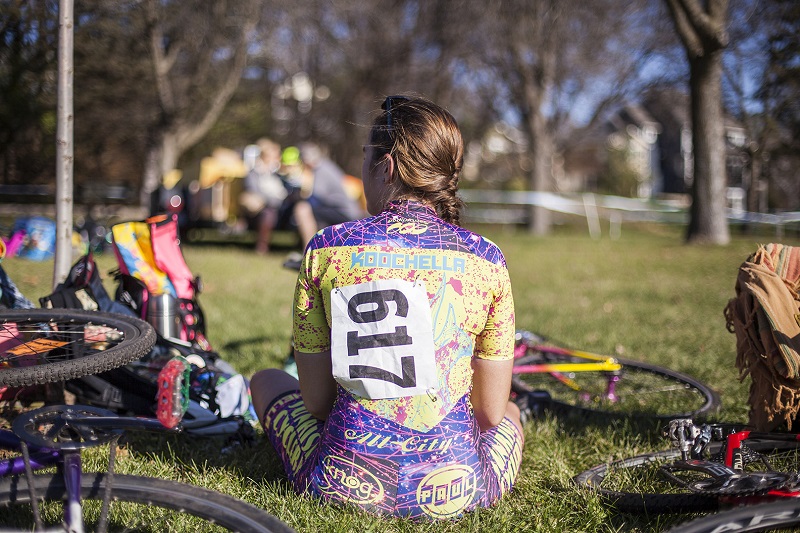
Most critically, though, bike racing can be an unsupportive place for women in a lot of ways (but that’s for another post). Having the backing of the women on my team in navigating the racing landscape has been critical for my success and enjoyment within the sport. When you roll up to a race with ten of your best friends in matching kits, you’re going to have a great time no matter the tone that’s been set. And if your community isn’t as supportive of women’s cycling as it could be, you and your teammates can rely on one another for support. It’s huge.
What you should know before starting a developmental women’s racing team:
No experience is necessary. You don’t have to be a professional racer or team manager to start a team. Heck, you don’t really even need race experience. You just need to have a group of women who want to go for it… and go for it.
You will probably have to build a women’s field along with building your team. I’m generalizing a little here, but depending on your discipline (road, track, cyclocross, or mountain) and where you live, there probably isn’t a massive established women’s racing community. In our case, there were too few women racing at our track to even substantiate a race, so we had to consciously recruit our competition in the process of just figuring out how to race ourselves. It was extra hustle and we were happy to do it.
It’s totally worth it. I love my teammates with all my heart. And I love what we accomplish together. It’s so fun. I wouldn’t trade my experiences in the past two years on this team for the world. I mean that 100%.
Alright.
So how do you build a team?
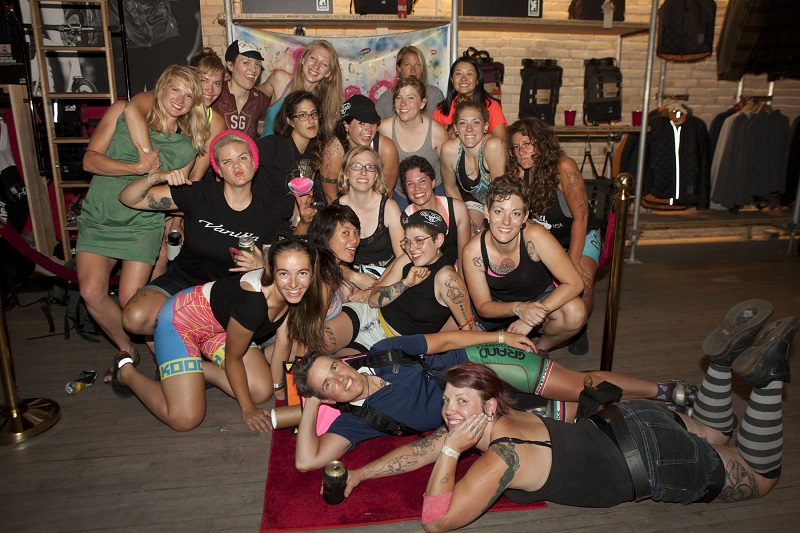
Get some women together. If you know some, cool. I didn’t. If you don’t know any either, put it out there to your friends to recommend candidates. Go to any number of bike events and make friends (alley cats, casual rides, parties, movie fests). Or, crap, put up some flyers around town with pull tabs. I really didn’t know any of the women recruited to Koochella until after they joined the team… and they’ve all been awesome.
Keep your team a manageable size. There are teams that disagree with me and prefer a large, super-inclusive team model. That’s cool- different strokes for different folks. We’ve found that our smaller team makes meetings easier to have, communication simpler, and it makes it easier for us to hold each other accountable. Small teams also have the benefit of being easier to sponsor because the scale is small. I’d keep it under ten for your first year (if you want a small team, know that skinsuit/kit manufacturers often have minimum orders of five or six).
Decide what you want your mission statement to be. The Koochella mission statement is in the About section of our website. If you like it, steal it. If you don’t, write your own. It’s important to understand the scope of your mission before you get too far in so that everyone is on the same page. And remember, teams change. You can always revise it.
Pick a focus. Definitely, keep scope small the first year. Figure out a discipline that you all can do together. Koochella focuses on track as a main sport- it’s worked out well for us. Maybe road or cyclocross is your thing. When you keep scope focused, you have a bigger impact on your main sport from a presence standpoint- which is good for your message and great for sponsorship collateral.
Pick a rad name. Choose something you can rally around, something that gets you excited. You should also probably sketch this out and vectorize it so you can start using it in materials.
Start an Instagram and Facebook Page now. Like, right now. Even if it’s just pictures of you and your teammates riding around and having fun, it’s a start. Make sure that if you’re training or having a meeting or chilling out, someone is taking pictures and posting. Start building this presence early.
Establish team member expectations early on. Make sure that everyone knows what is expected from them in terms of training and number of races they are expected to do. Also, make sure that everyone has a defined role on the team (marketing/PR, treasurer, outreach, captain, manager, etc.) so that work is allocated, everyone is hustling together, and everyone knows what they are getting into. From experience with my team and from talking to other teams, animosity manifests between team members when a few team members hustle in training, racing, and team management stuff and others do not.
Find a bike shop sponsor. If you have a team, it will be critical for you to have a shop that you can rely on for technical or equipment support. They can give you discounts on parts. In some cases, they might help you build and service your bike. They help keep racing costs reasonable.
Sit down and figure out a budget. Understand what it costs per woman to race each year. Racing can be expensive. There are USA Cycling (the governing body of American bike racing) club enrollment fees, individual license fees, race fees. Bikes cost money. Shoes, helmets, pedals costs money. Skinsuits and kits cost money. If you can articulate the costs of racing, you’re in a much better position from which to approach sponsors for help in mitigating these costs.
Put together a sponsorship packet. Include your mission statement, a specific description of what you’re asking for (bikes, a specific amount of money, a discount on apparel), and be able to tell the sponsor what you can do for them in return. This last part is huge. Sponsorship is a two way street. And, now that you have an established social media presence (because you started a social media presence early on), you can blow up your sponsor online. Look for sponsors in your neighborhood. Have casual rides that end at their spot. Write thank you cards. Give them sets of images for them to use of your team using their stuff. These are all great ways of supporting the people who support you. If you can demonstrate that you can take care of your sponsors well, you’ll get more sponsorship. And don’t be afraid to ask for things. The worst thing that will happen is that people will say no.
Get Legit! Register your club and team on USA Cycling (usacycling.org). Once you are registered, you can start purchasing your racing licenses… and declaring your club to the world feels pretty gosh-darned good. If you’re focused on unsanctioned racing disciplines such as gravel racing or if you live in a part of the world where bike racing is unsanctioned, determine whether other licensure/dues needed. The more you take yourself seriously, the more others will too.
Design a fucking awesome kit. The more obnoxious, the better (in my mind). Go bananas. If you have an artist on your team, turn them loose. Know that custom apparel takes 4-8 weeks to produce, so make sure your orders are in early enough.
Train. Do group rides. Have trainer nights. Facilitate team members training on their own if that’s their style. If you have no idea what you’re doing, get a book and learn how training works (I recommend The Cyclist’s Training Bible by Joe Friel). Trainingpeaks.com has some excellent articles available. Selene Yeager of Bicycling has written a ton of really great articles about basic training concepts (including some workouts) that you can look up. Educating yourself on training and nutrition is important for having a long-term, positive relationship with the sport. Training is also a great team-building activity.
If you can’t find a resource, become the resource you need. Apply that however you want.
Figure out how you’re doing to deal with money. Understand how you’re going to organize so you can have a team bank account (where you deposit sponsorship money). Depending on your program, you could be eligible to structure as a non-profit (if you go the extra mile). Also, have an organization treasurer who tracks the books for you.
Get involved with the local racing community. Learn about your USA Cycling local association- maybe go to a meeting or two. Volunteer at events. Get to know your race promoters and organizers and make sure that you thank them when they’ve put on a good event (because they take a lot of time and energy). Reach out to other women in the community. Be a positive force. It’s all good karma stuff.
Ask for help. If you don’t understand how to structure all business-like because that’s not your area of expertise, reach out to an accountant or a lawyer. If there are teams you respect, ask them for advice! Reach out when you need to. And please, if you have questions, hit Koochella up. We’re happy to be a resource for you. It’s part of our mission.
So yeah, that’s all pretty overwhelming, but it’s all completely doable. Koochella did a lot of this over the course of the first year just blindly feeling along.
If we can do it, you can do it. And it’s worth it… 100%.
Get it.
Anna “Mama Duck” Schwinn
Captain, Koochella Racing

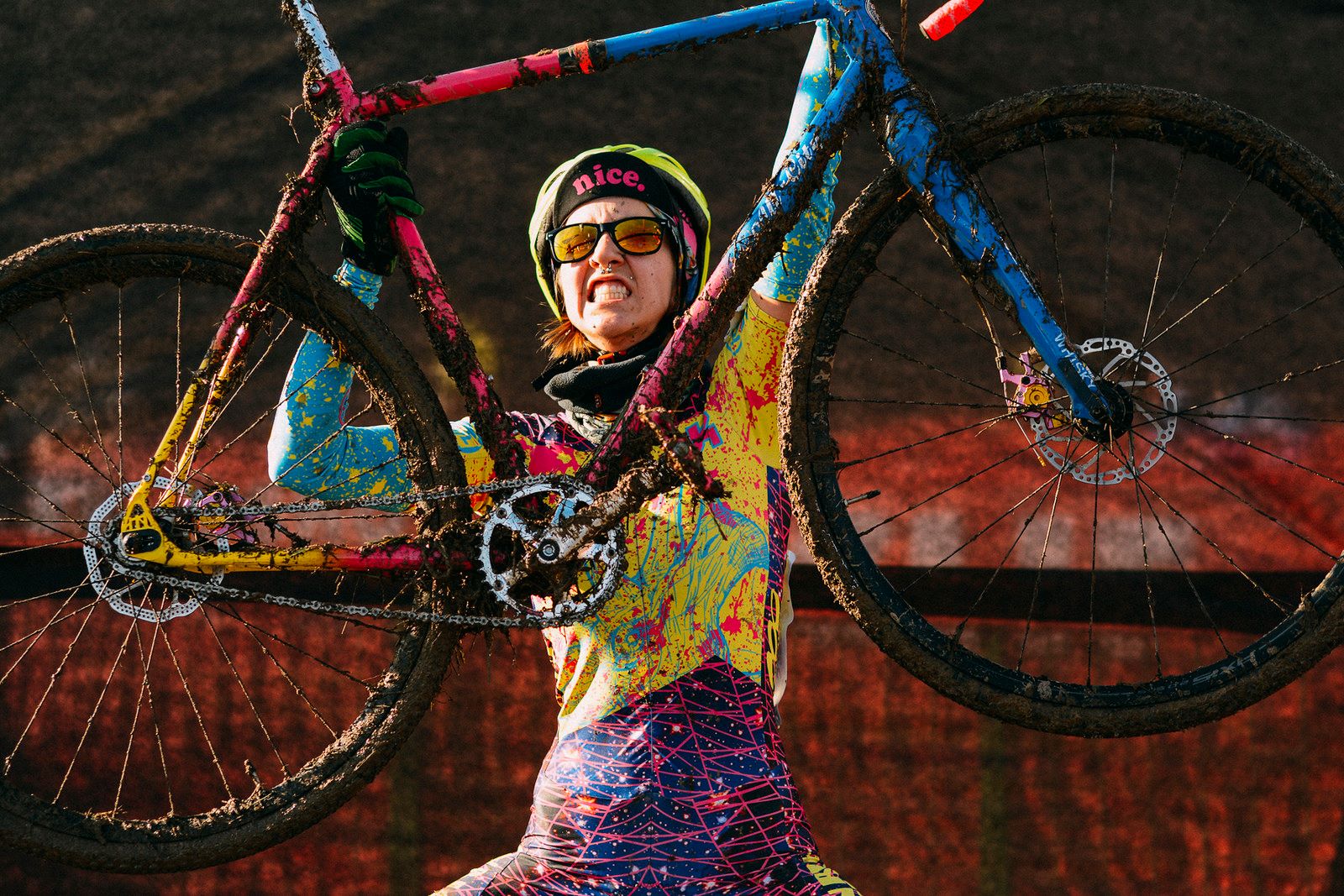
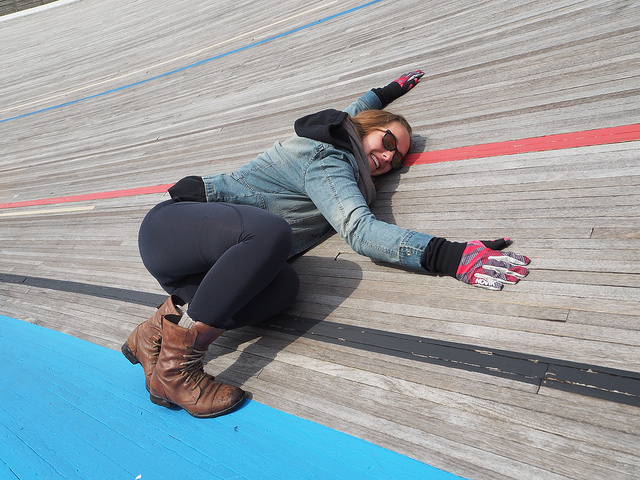

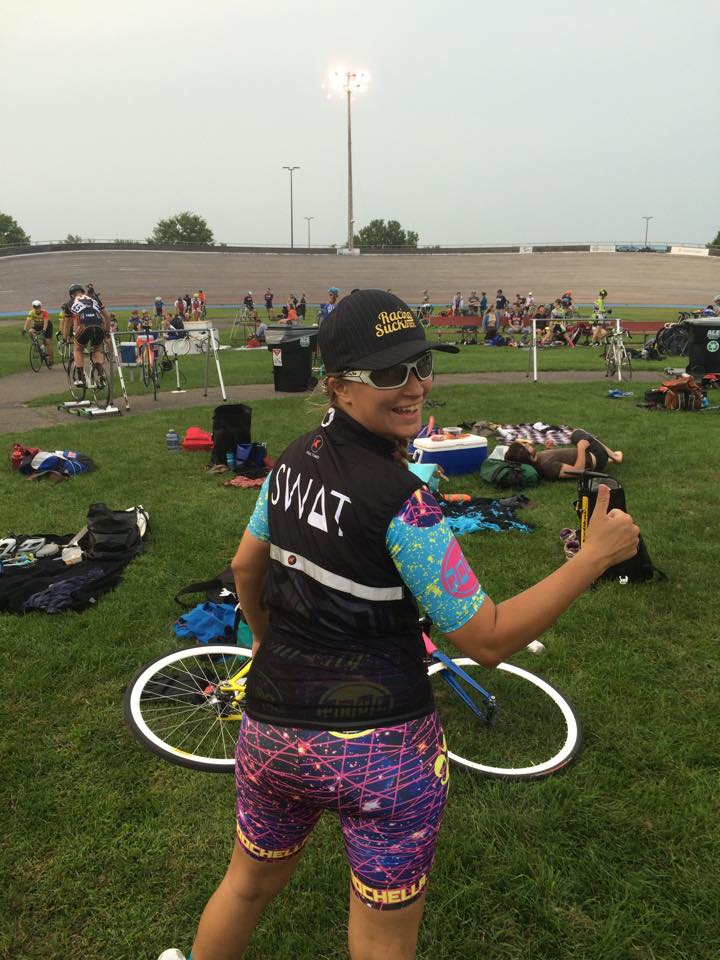
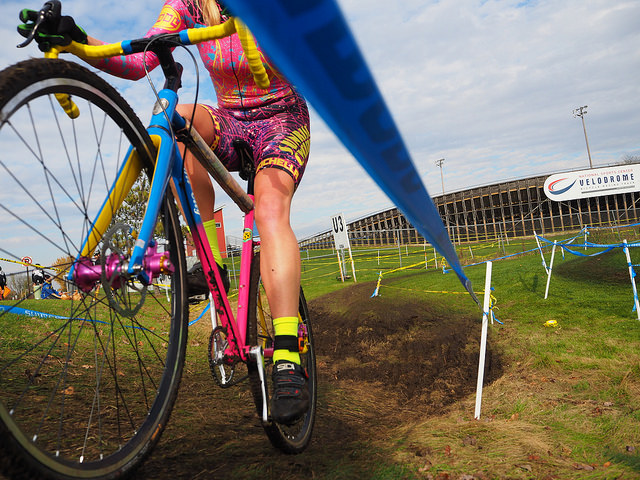
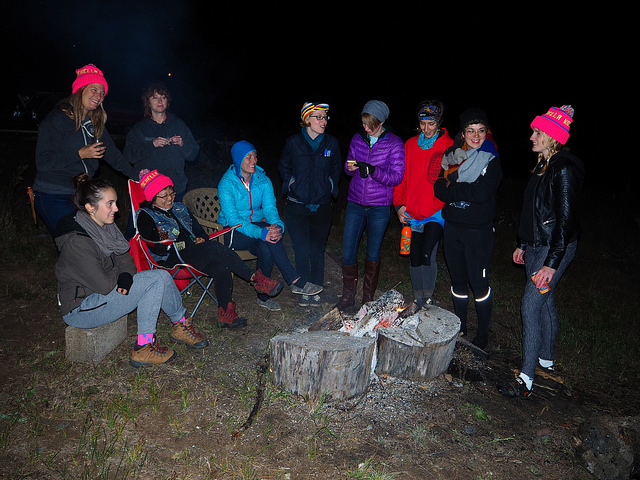
Pingback: We want you to be Track Club of the Year 2016 - KOOCHELLA
Pingback: Interview with Zoe Leverant of Formula Femme, Brooklyn - KOOCHELLA